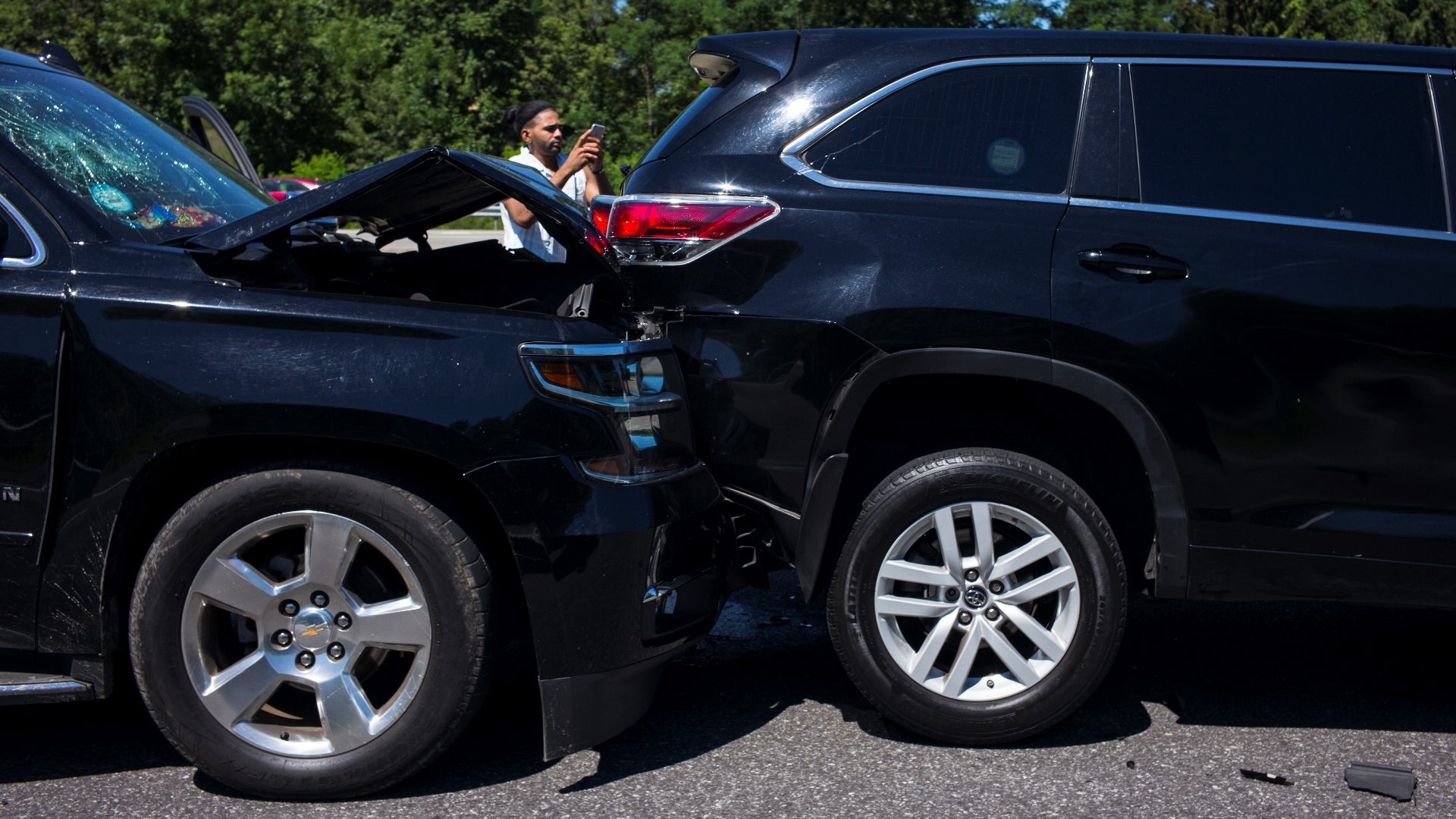

Every so often, we’ll hear about campaigns pushing for an end to car crashes or zero highway deaths—a lofty goal to make our roads safer. It’s easy to think this is an unrealistic goal, but with autonomous driving getting more advanced by the day and modern safety tech doing its job to avoid accidents, that vision of zero accidents is getting closer to the realm of reality.
We’re still a long way off from technology bringing the number of car accidents anywhere near zero, but an optimistic prediction by the federal government suggests it could happen in the next 30 years. As such, law firm Cooney & Conway has put together an infographic (posted below) showing how many lives and how much money could be saved in a utopian car accident-free society.
A few highlights of the infographic: According to the most recent data from the Department of Transportation, there are 11.3 million motor vehicle accidents a year in America, with 2.4 million people injured in said accidents. 2016 was the deadliest year in almost 10 years, with about 40,000 traffic deaths—up about 2,000 over 2015.
The economic impact of car accidents is almost as staggering as the numbers of injuries and lives lost. The total economic impact of car crashes is a whopping $871 billion in the U.S. This number factors in property damage, productivity losses, medical and rehabilitation costs, traffic congestion, and more. It all adds up to a ton of cash. The report says 21 percent of that economic impact is caused by speeding, the most costly kind of accidents. 18 percent is attributed to drunk driving, with distracted driving not far behind is at 17 percent. The data says public spending on vehicle crashes added $156 in taxes on average to every household in the U.S.
There are two maps on the infographic where you can locate your state and see how bad these problems are in your part of the country. One map shows vehicle accident deaths per capita; the District of Columbia has the most and Alabama the least. The second map shows average expenditures for auto insurance by state; New Jersey’s is the highest and Iowa’s is the lowest.
The study wraps up with some good news. It explains how self-driving cars can play a role in reducing injuries, deaths, and economic impact of car accidents. Citing data from The Wall Street Journal, it says a widespread embrace of autonomous cars could eliminate 90 percent of all auto accidents in the U.S. (not quite 100 percent, but still pretty good), save 300,000 lives per decade, prevent up to $190 billion in damages and health costs annually, and reduce auto insurance premiums by 40 percent.
